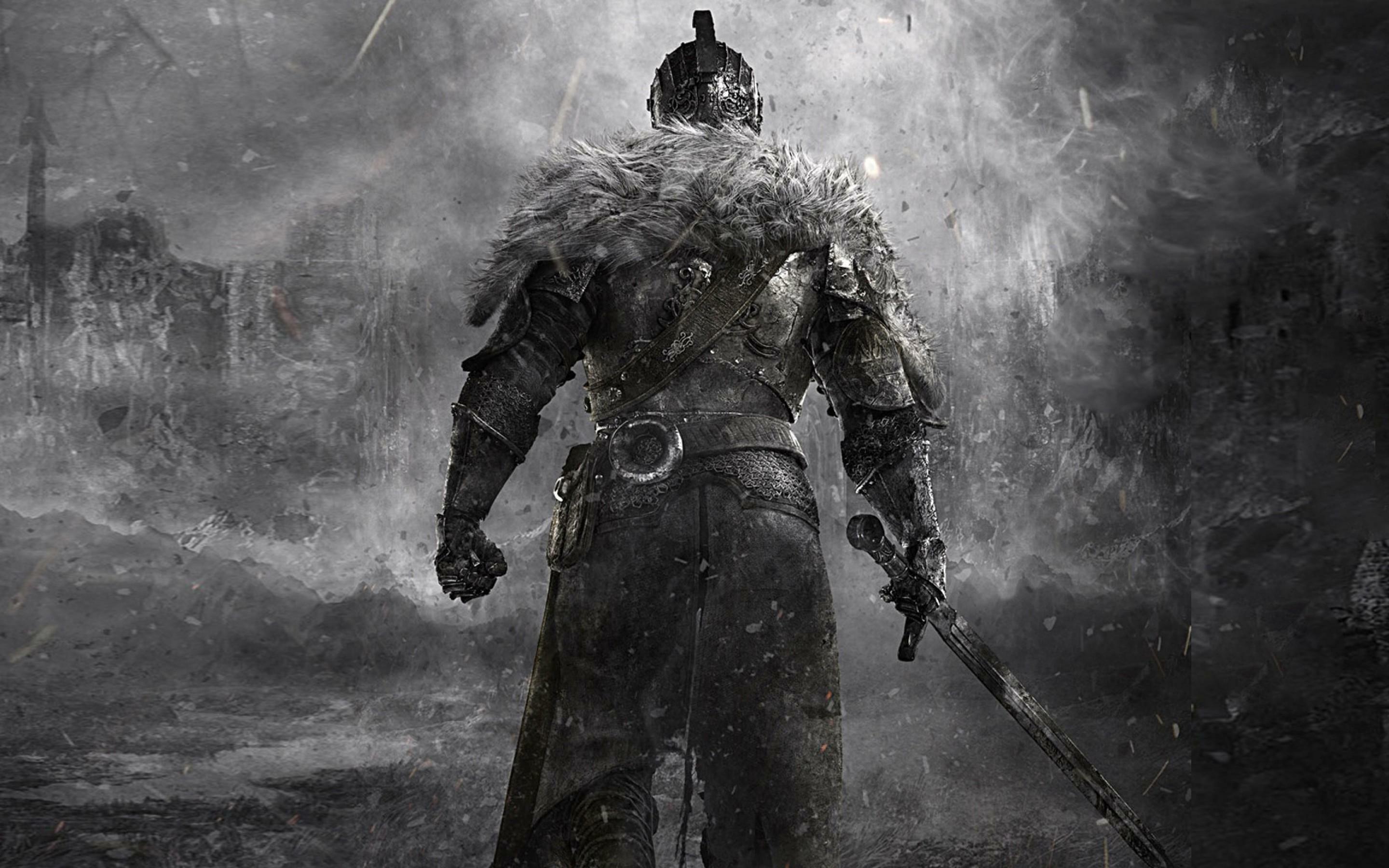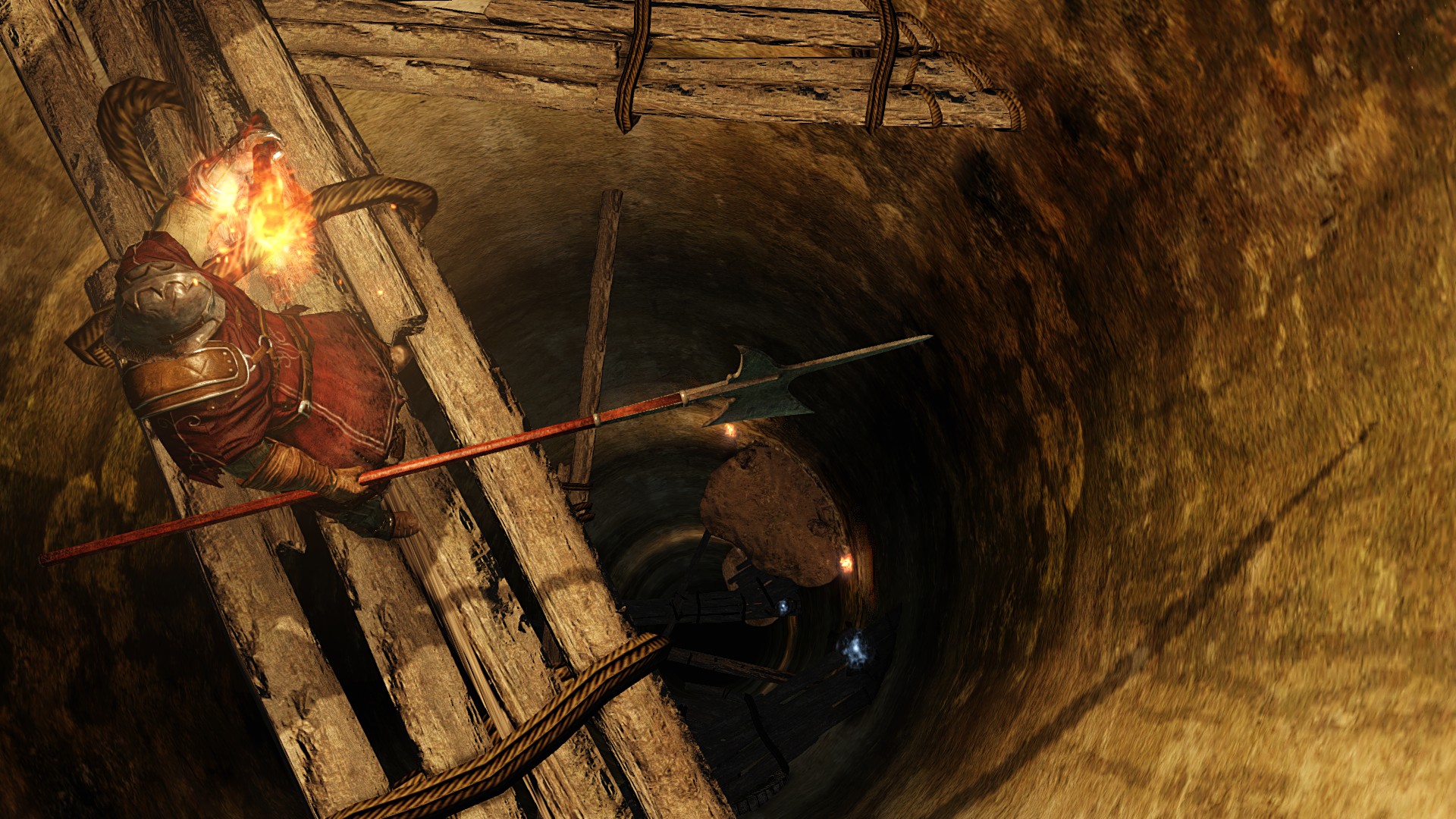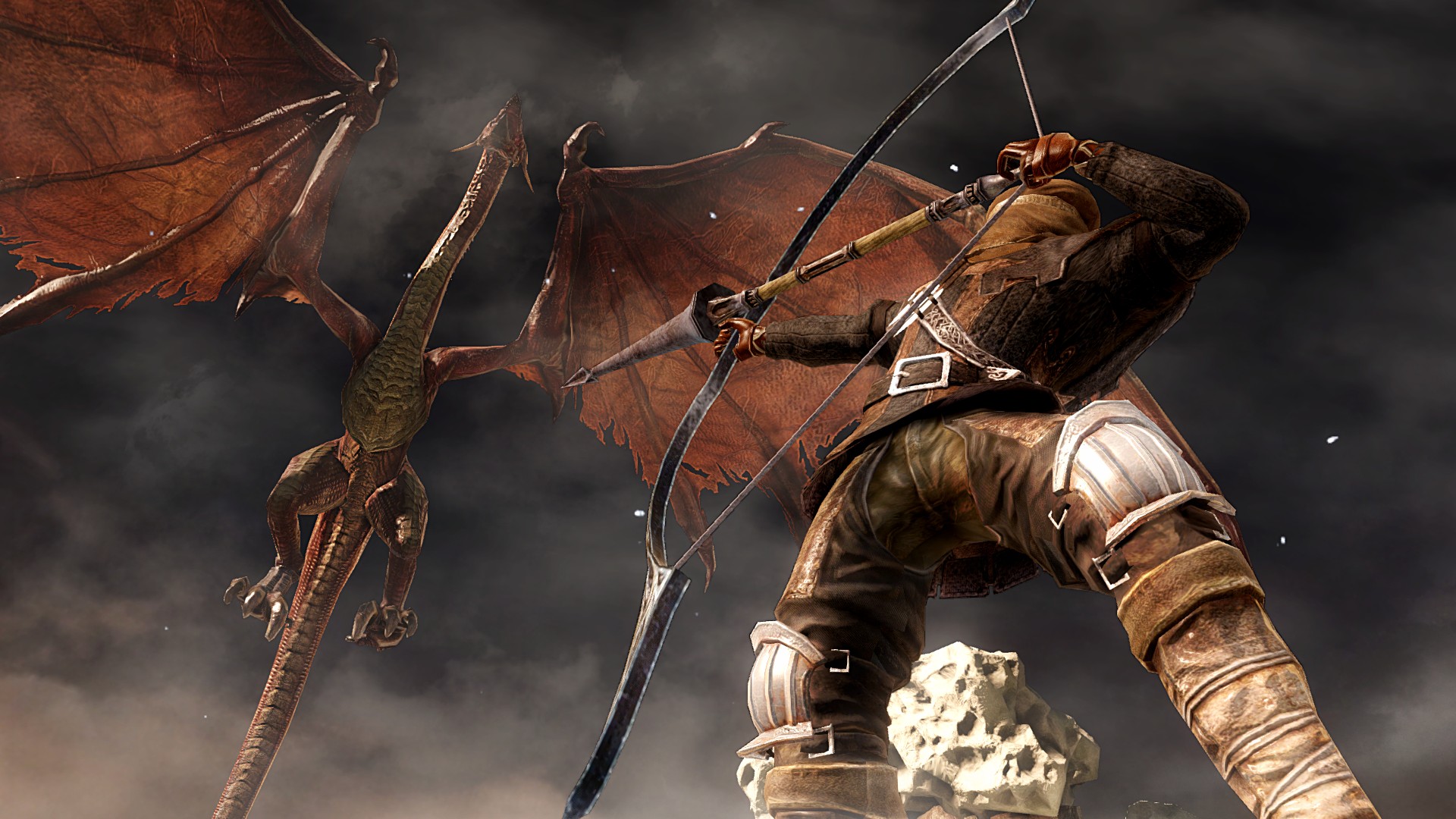Dark Souls II stands as a monumental pillar in the realm of action RPGs, drawing players into a brutally challenging yet rewarding adventure. Enveloped in an expansive world rich with lore and mysteries, the game continues to captivate with its unique combat mechanics and intricate storytelling. As the second installment of the Dark Souls series, it expands upon the beloved mechanics of its predecessor while introducing new elements that both intrigue and test the limits of even the most seasoned gamers.
In this comprehensive analysis, we delve into the essential components that make Dark Souls II a standout title in the gaming sphere. From its atmospheric world-building to the finely tuned combat system, we explore the strengths and weaknesses that define this critically acclaimed game. For gamers craving a challenge and those new to the series alike, this review will equip you with all you need to know before embarking on your journey through this haunting and beautiful game.
Prices for Dark Souls II
A Journey Into Drangleic: Unraveling the Plot
The narrative of Dark Souls II unfolds in the enigmatic kingdom of Drangleic, a realm steeped in mystery and decay. Players assume the role of an Undead, cursed with immortality yet doomed to eventual madness and despair. Your quest is to seek a cure for this curse, a journey that will take you deep into the heart of a world plagued by ancient magic and forsaken by time.
The story is intricately woven into the environment itself, with fragmented lore scattered throughout the land, encouraging players to piece together the world’s history. Drangleic is populated by a cast of complex characters, each with their own stories and motives, adding depth to the ever-unfolding tale. This masterful storytelling invites exploration and personal interpretation, making every discovery feel like a significant piece of a larger, elusive puzzle. The journey through Drangleic is both a physical and introspective odyssey, challenging players not only in skill but in their understanding of the world around them.
Gameplay Dynamics: Innovation Meets Challenge
The gameplay of Dark Souls II is renowned for its punishing difficulty, requiring strategic thinking and precise timing, where every victory must be earned. Its combat system builds upon the foundation laid by its predecessors, combining deliberate movement with tactical engagements to create a deeply satisfying experience. Unlike more accessible titles, Dark Souls II demands patience and adaptability. Players must learn enemy patterns and utilize their environment to gain an upper hand in battles.
Innovation shines through in the game’s introduction of new mechanics such as Power Stancing, which allows players to wield two weapons at once, and the intricate use of covenants that align players with different factions impacting both single-player and multiplayer interactions. These features, alongside the refined leveling system, provide a fresh layer of depth compared to other action RPGs. Dark Souls II may present an initial learning curve, but this challenge is also one of its greatest strengths, offering a rewarding experience for those who persevere. The game excels in creating a sense of achievement that few others in the genre can replicate.
Visual Storytelling: The Aesthetic of Drangleic
Dark Souls II exudes a gloomy atmosphere through its meticulously crafted visuals, which serve as a silent narrator to its somber tale. While some may argue that its graphical fidelity does not match the high-end benchmarks set by other titles released during the same period, the game compensates with an art direction that is both haunting and evocative. Each location within Drangleic is intricately designed, with unique landmarks and atmospheric lighting that breathe life into the desolate world.
Compared to its peers, Dark Souls II prioritizes mood and environmental storytelling over sheer graphical prowess. The use of shadow and light creates an ever-present tension, while the meticulous detailing in character and enemy design enhances the game’s immersive experience. The overall aesthetic, although sometimes criticized for inconsistent texture quality, remains a standout feature by setting a tone that perfectly complements the narrative and gameplay. This focus on delivering a cohesive visual experience ensures that the kingdom of Drangleic leaves a lasting impression on players.
Standout Features: What Sets Dark Apart
Dark Souls II offers several standout features that distinguish it from other action RPGs. At the forefront is the game’s intricate level design, which encourages exploration and rewards curiosity with hidden paths, secret treasures, and unexpected encounters. This interconnected world, though not as tightly woven as its predecessor, still offers a sense of discovery and meaningful progression.
Another notable feature is the robust multiplayer system that blends seamlessly with single-player gameplay. The game introduces improved online interactions, such as summoning allies to aid in battles or engaging in tense PvP encounters. Furthermore, the covenant system provides unique bonuses and challenges, fostering a dynamic and engaging multiplayer community.
In addition, Dark Souls II is praised for its customization options, allowing players to tailor their characters with a wide range of weapons, spells, and armor. This level of customization, combined with the game’s challenge, enables players to approach battles with different strategies, enhancing replayability. These features, along with the game’s emphasis on atmosphere and storytelling, make it a compelling choice for fans of the genre seeking a deeply immersive experience.
Challenges and Shortcomings: Where Dark Stumbles
Despite its many strengths, Dark Souls II is not without its flaws. A common criticism stems from the game’s inconsistent difficulty spikes, which can feel unbalanced and frustrating, especially for new players. While part of the series’ allure lies in its challenge, these sudden increases in difficulty can disrupt the pacing and enjoyment of the game.
The enemy AI, although generally competent, occasionally falters with erratic behavior, leading to moments that break immersion. Furthermore, some players find the hitbox mechanics problematic, as they sometimes lead to seemingly unfair damage during combat exchanges. These issues can detract from the otherwise polished gameplay experience.
Graphically, Dark Souls II falls short in certain aspects, particularly when it comes to texture quality and rendering consistency, especially on older hardware. This visual inconsistency can be distracting and impact the game’s overall aesthetic, despite the strong art direction. Nonetheless, for many fans, these shortcomings are overshadowed by the game’s exploration, lore, and engaging combat.
System Requirements and Performance
Dark Souls II offers a performance that is generally well-optimized across various hardware configurations, making it accessible to a wide range of players. However, as with any game, your experience can vary based on your setup.
The minimum and recommended system requirements are listed as follows:
| Specification | Minimum Requirements | Recommended Requirements |
|---|---|---|
| OS | Windows Vista SP2, Windows 7 SP1, Windows 8 | Windows 7 SP1, Windows 8 |
| Processor | AMD® Phenom II™ X2 555 3.2Ghz or Intel® Pentium Core™ 2 Duo E8500 3.17Ghz | Intel® Core™ i3 2100 3.10GHz or AMD® A8 3870K 3.0GHz |
| Memory | 2 GB RAM | 4 GB RAM |
| Graphics | NVIDIA® GeForce® 9600GT, ATI Radeon™ HD 5870 | NVIDIA® GeForce® GTX 750 or ATI Radeon™ HD 6870 or higher |
| DirectX | Version 9.0c | Version 9.0c |
| Network | Broadband Internet connection | Broadband Internet connection |
Performance remains solid across most mid-range systems, providing a stable frame rate at medium to high settings. However, those with lower-end rigs may need to adjust graphical settings to maintain smooth gameplay, particularly in areas with dense details or rapid action sequences. Fans of the genre will appreciate the efficient use of resources, ensuring that players can enjoy the atmospheric depths of Drangleic without significant technical hindrance.
Community Reactions: Voices from Drangleic
The community surrounding Dark Souls II is as passionate as it is diverse, offering varied opinions on the game’s merits and shortcomings. While some players laud its challenging gameplay and immersive world, others express frustrations over specific elements. Here’s a snapshot of the community’s thoughts:
“The game’s atmosphere is just incredible. Every location feels unique and is dripping with lore. It’s definitely a worthy successor to the original.”
“I’ve played through Dark Souls II multiple times, and each playthrough feels fresh thanks to the different builds and strategies you can try. The covenants add a lot to the replayability factor.”
“While I love the challenge, some of the bosses felt more tedious than difficult, relying too much on trial and error rather than fair mechanics.”
“The lighting and textures weren’t as impressive as I hoped, but the art direction more than made up for it with some hauntingly beautiful environments.”
These comments reflect a broad spectrum of experiences, highlighting both the triumphs and tribulations that Dark Souls II offers to its community of players.
Final Verdict: A Journey Worth Undertaking
Dark Souls II emerges as a robust entry in the action RPG genre, offering a deeply challenging yet rewarding experience. With its expansive world-building, strategic combat system, and intricate lore, it captivates players willing to embrace its difficulty. While it may falter in areas such as graphical consistency and sudden difficulty spikes, these elements do little to overshadow the game’s strengths. The community’s mixed feedback only adds to its enigmatic charm, solidifying Dark Souls II as a game that inspires devotion and frequent revisits from its fanbase. For those seeking an adventure filled with peril and discovery, the world of Drangleic invites you to test your mettle.









